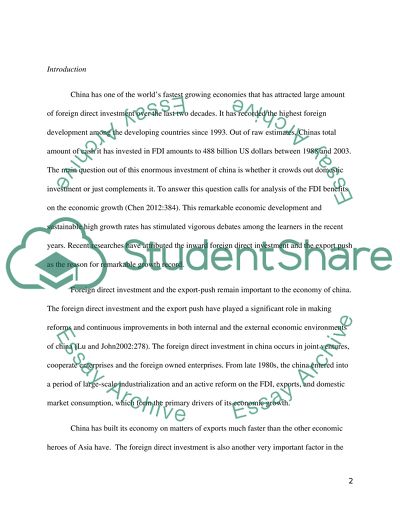Cite this document
(“Importance of FDI and Export push to China Essay”, n.d.)
Importance of FDI and Export push to China Essay. Retrieved from https://studentshare.org/macro-microeconomics/1450596-importance-of-fdi-and-export-push-to-china
Importance of FDI and Export push to China Essay. Retrieved from https://studentshare.org/macro-microeconomics/1450596-importance-of-fdi-and-export-push-to-china
(Importance of FDI and Export Push to China Essay)
Importance of FDI and Export Push to China Essay. https://studentshare.org/macro-microeconomics/1450596-importance-of-fdi-and-export-push-to-china.
Importance of FDI and Export Push to China Essay. https://studentshare.org/macro-microeconomics/1450596-importance-of-fdi-and-export-push-to-china.
“Importance of FDI and Export Push to China Essay”, n.d. https://studentshare.org/macro-microeconomics/1450596-importance-of-fdi-and-export-push-to-china.


